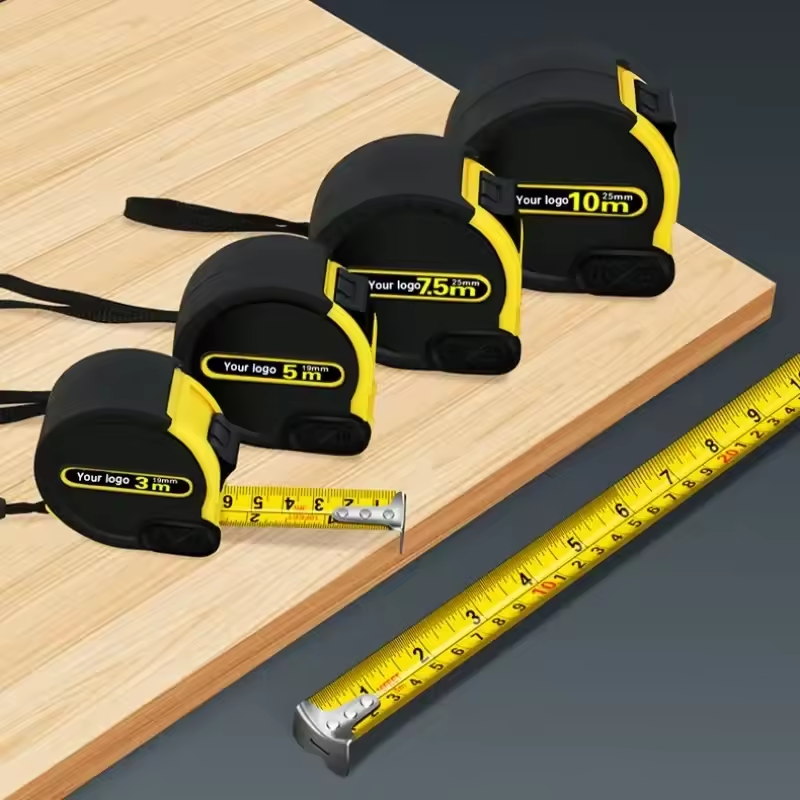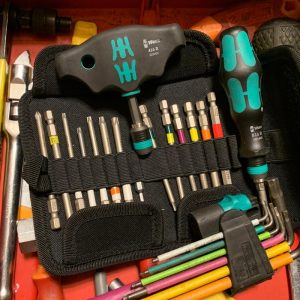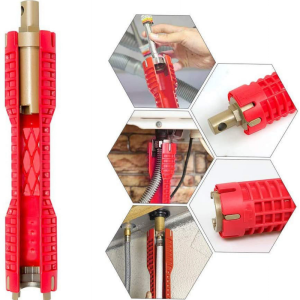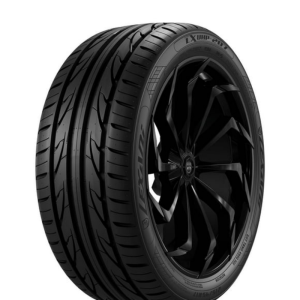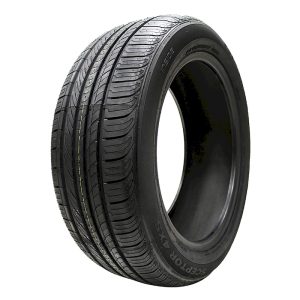
Understanding the Lifespan of Motorcycle Tires
Motorcycle tires, like all vehicle tires, don’t last forever. The lifespan of a tire can vary widely depending on several factors, including the type of tire, the rider’s habits, and the conditions in which the bike is used. On average, motorcycle tires can last anywhere from 3,000 to 15,000 miles. However, this range is broad, and the actual mileage can be higher or lower based on specific circumstances.

Factors Influencing Tire Longevity
-
Type of Tire: Different tires are designed for different purposes, and their longevity reflects this. Sportbike tires, for example, are often made of softer compounds to enhance grip, but this also means they wear out faster. Touring tires, on the other hand, are made for long-distance travel and are typically more durable.
-
Riding Style: Aggressive riding, with frequent acceleration, hard braking, and sharp cornering, can significantly shorten the life of a tire. Conversely, a more conservative riding style will generally extend tire life.
-
Road Conditions: The surfaces on which you ride play a significant role in tire wear. Smooth, well-maintained roads are gentler on tires, while rough, uneven surfaces can accelerate wear and tear.
-
Tire Maintenance: Regular maintenance, such as checking tire pressure and alignment, is essential for prolonging tire life. Underinflated or overinflated tires wear unevenly, reducing their lifespan.
-
Climate: Extreme temperatures, both hot and cold, can affect tire durability. High heat can cause tires to wear faster, while cold weather can make them brittle and prone to cracking.
-
Load: Carrying heavy loads on your motorcycle can put extra stress on the tires, leading to faster wear. Always ensure your load is within the recommended limits for your bike.
The Importance of Tire Maintenance
Proper maintenance is key to getting the most out of your motorcycle tires. Here are some essential maintenance tips to ensure your tires last as long as possible:
-
Regular Pressure Checks: Maintaining the correct tire pressure is vital. Underinflated tires can overheat, while overinflated tires can cause uneven wear. Check your tire pressure at least once a month, and always before a long ride.
-
Tire Alignment and Balancing: Misaligned or unbalanced tires can wear unevenly, leading to a shorter lifespan. Regular alignment and balancing can prevent this.
-
Inspect for Damage: Regularly inspect your tires for signs of damage, such as cuts, punctures, or cracks. Catching these early can prevent more severe issues down the road.
-
Tire Rotation: If your motorcycle’s tires are reversible, rotating them can help even out the wear and extend their life.
-
Storage: If you’re storing your motorcycle for an extended period, ensure the tires are properly inflated and consider using a tire protector to prevent flat spots.
Recognizing the Signs of Worn Tires
Knowing when your tires are nearing the end of their life is crucial for safety. Here are some signs that it might be time to replace your motorcycle tires:
-
Tread Wear: The tread on your tires provides traction, and when it wears down, your tires lose grip. Most motorcycle tires have wear indicators—small bars of rubber that appear when the tread is too low. If your tire’s tread is at or below these indicators, it’s time to replace the tire.
-
Cracking and Dry Rot: Over time, the rubber in tires can begin to dry out and crack. This is often due to exposure to UV rays, extreme temperatures, or age. Cracks in the sidewall or between treads are a sign that your tire is no longer safe.
-
Cupping or Scalping: Uneven wear patterns, such as cupping or scalping, can indicate issues with your suspension or tire pressure. These patterns not only shorten the tire’s life but can also lead to a rough ride.
-
Vibration: If you notice unusual vibrations while riding, it could be a sign that your tires are unevenly worn or out of balance. It’s essential to address this promptly to avoid further damage.
-
Age: Even if your tires have plenty of tread left, they can still age out. Most manufacturers recommend replacing tires every five to six years, regardless of wear. Over time, the rubber compounds break down, leading to a loss of performance.
Tips to Extend the Life of Your Motorcycle Tires
Getting the most mileage out of your tires doesn’t just save you money—it also enhances your riding experience. Here are some tips to help you extend the life of your motorcycle tires:

-
Ride Smoothly: Avoid aggressive riding habits that cause rapid tire wear. Smooth acceleration, braking, and cornering not only preserve your tires but also improve your safety on the road.
-
Keep Tires Clean: Dirt, oil, and chemicals from the road can degrade tire rubber over time. Regularly cleaning your tires with a mild detergent and water can help extend their life.
-
Avoid Overloading: Carrying excessive weight on your motorcycle increases stress on the tires. Always adhere to the manufacturer’s load recommendations.
-
Avoid Riding on Rough Surfaces: Whenever possible, avoid riding on gravel, potholes, or other rough surfaces that can cause uneven wear and damage to your tires.
-
Proper Storage: Store your motorcycle in a cool, dry place away from direct sunlight. If you’re storing it for an extended period, consider lifting the bike so the tires aren’t bearing the full weight of the motorcycle.
When to Replace Motorcycle Tires
Knowing when to replace your tires is critical for maintaining safety and performance. Here’s a quick guide to help you determine when it’s time to invest in new tires:

-
Tread Depth: Use a tread depth gauge to measure your tire’s tread. If it’s below the manufacturer’s recommended level, it’s time for a replacement.
-
Age: Even if your tires appear to be in good condition, if they’re more than five years old, consider replacing them. The rubber compounds degrade over time, even if the tires aren’t in use.
-
Performance: If you notice a decline in performance—such as reduced grip, longer stopping distances, or increased vibration—it’s a sign that your tires are worn out and need replacing.
-
Visible Damage: Any visible damage, such as cracks, cuts, or bulges, is a clear sign that your tires are no longer safe to use. Replace them immediately.
-
Manufacturer Recommendations: Always follow the manufacturer’s recommendations for tire replacement. These guidelines are based on extensive testing and are designed to keep you safe.
Ensure Your Ride is Safe and Smooth
Understanding how long motorcycle tires last and knowing when to replace them is crucial for any rider. By taking into account factors like riding style, road conditions, and proper maintenance, you can maximize your tire’s lifespan and ensure a safer, smoother ride. Remember, tires are your motorcycle’s only contact with the road—keeping them in top condition is not just about performance, but also about safety.
